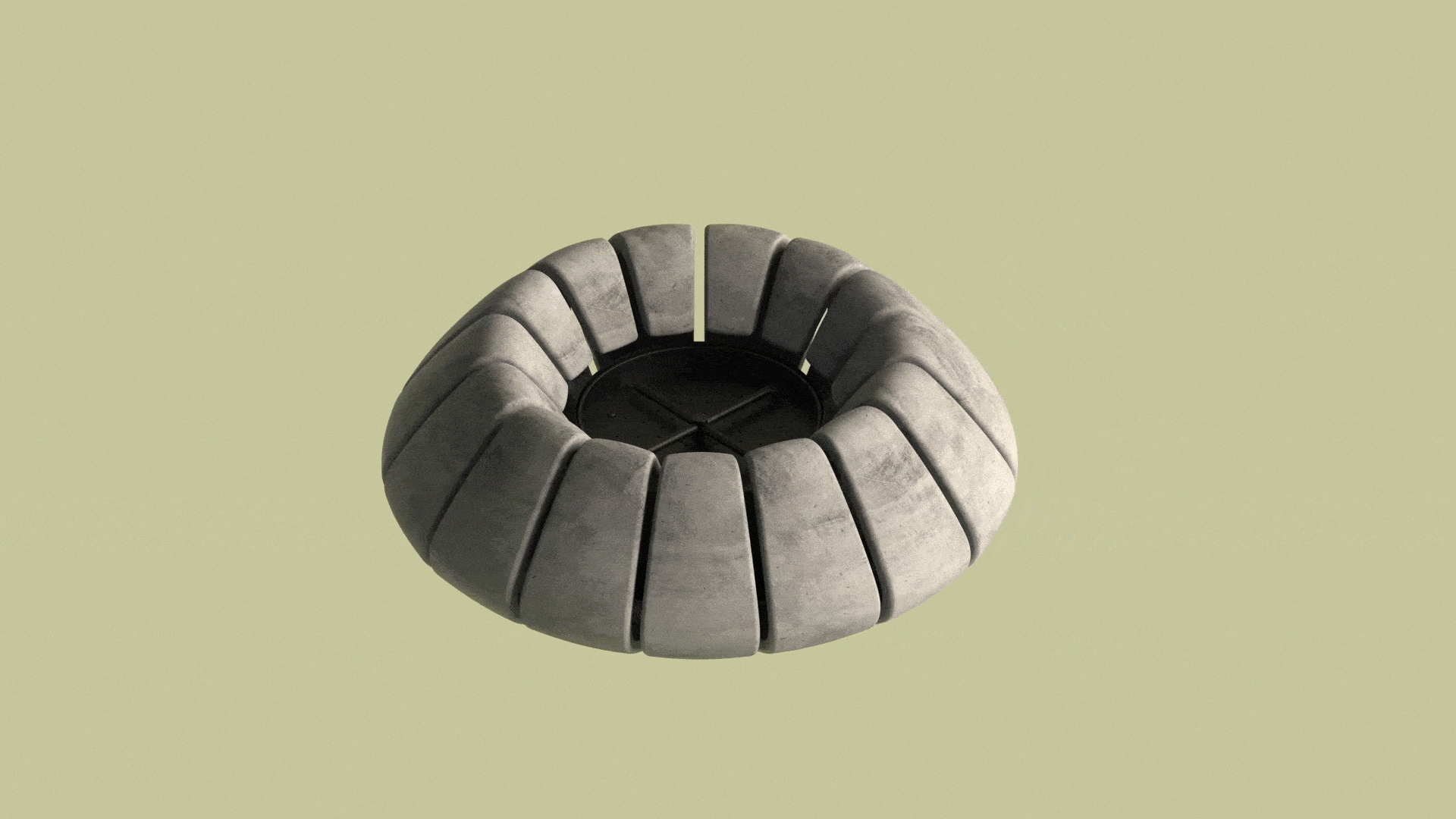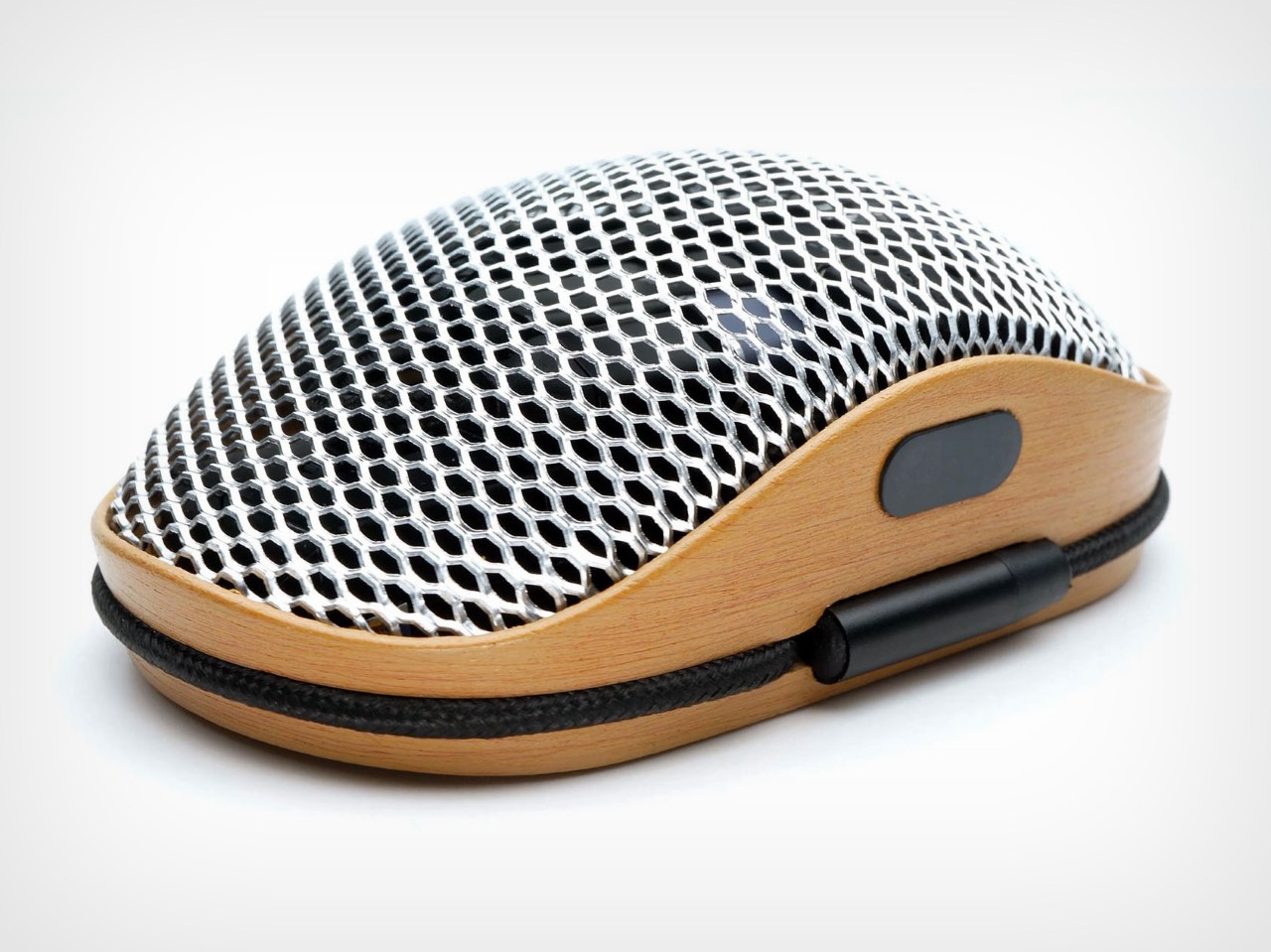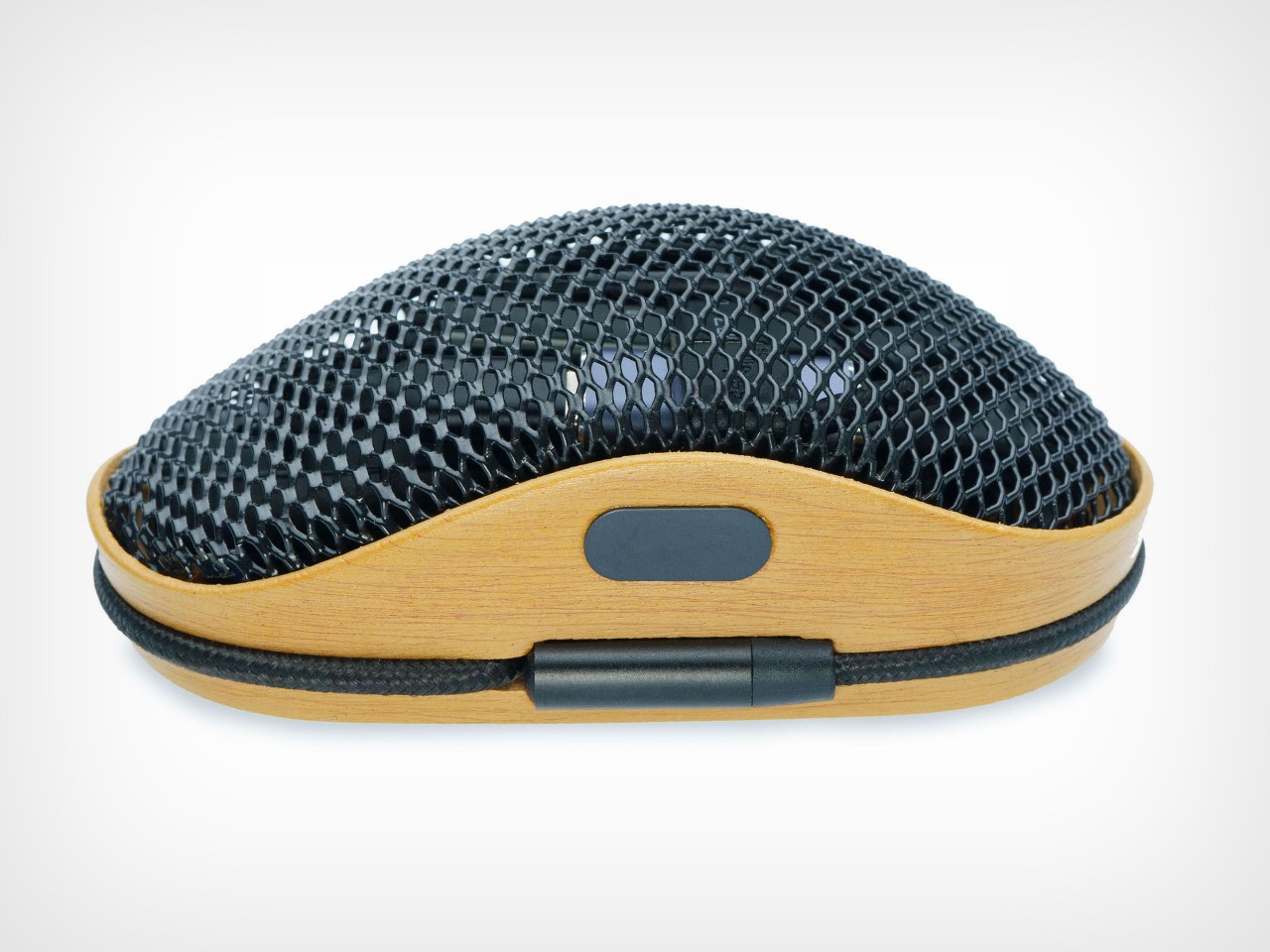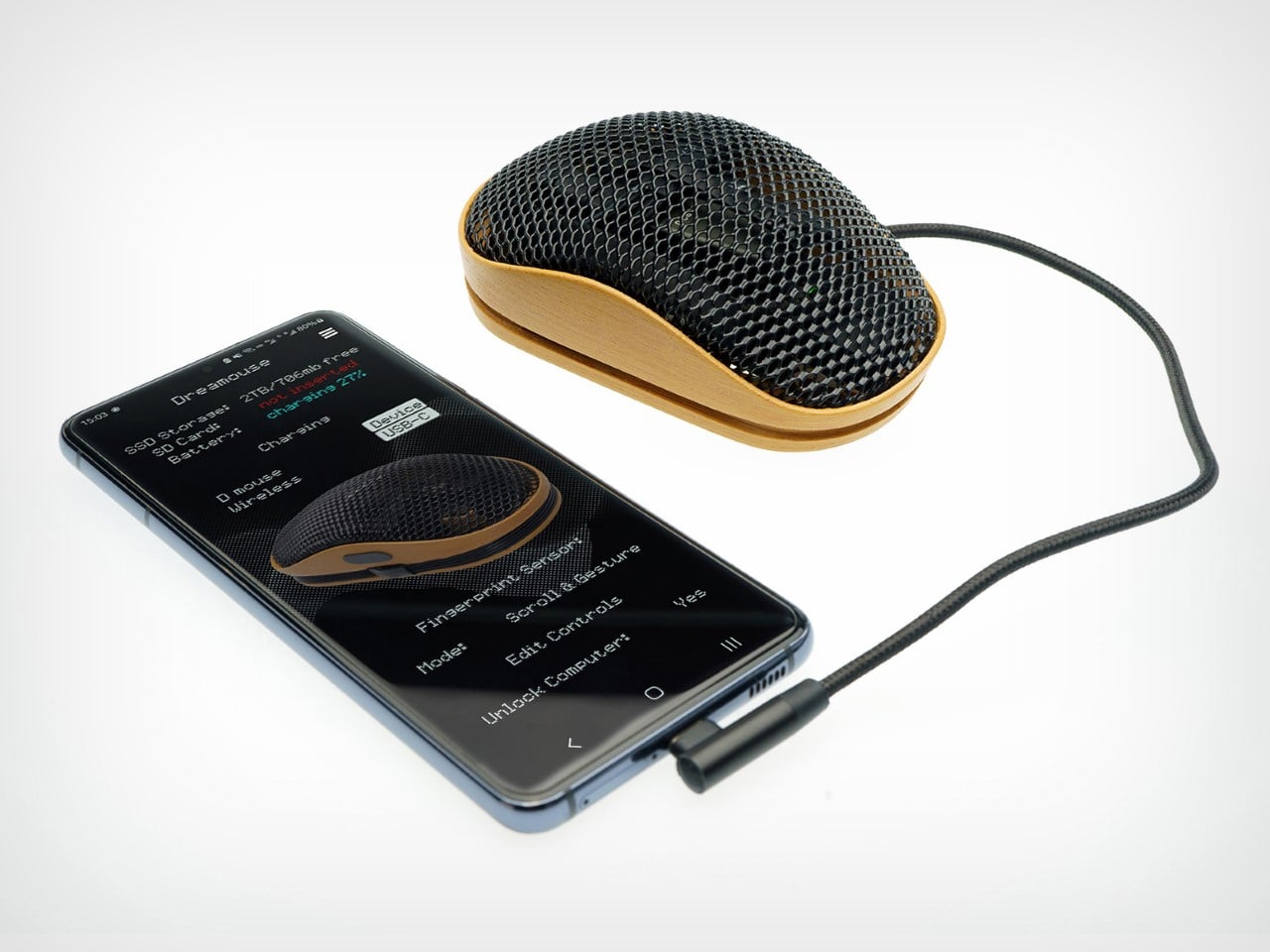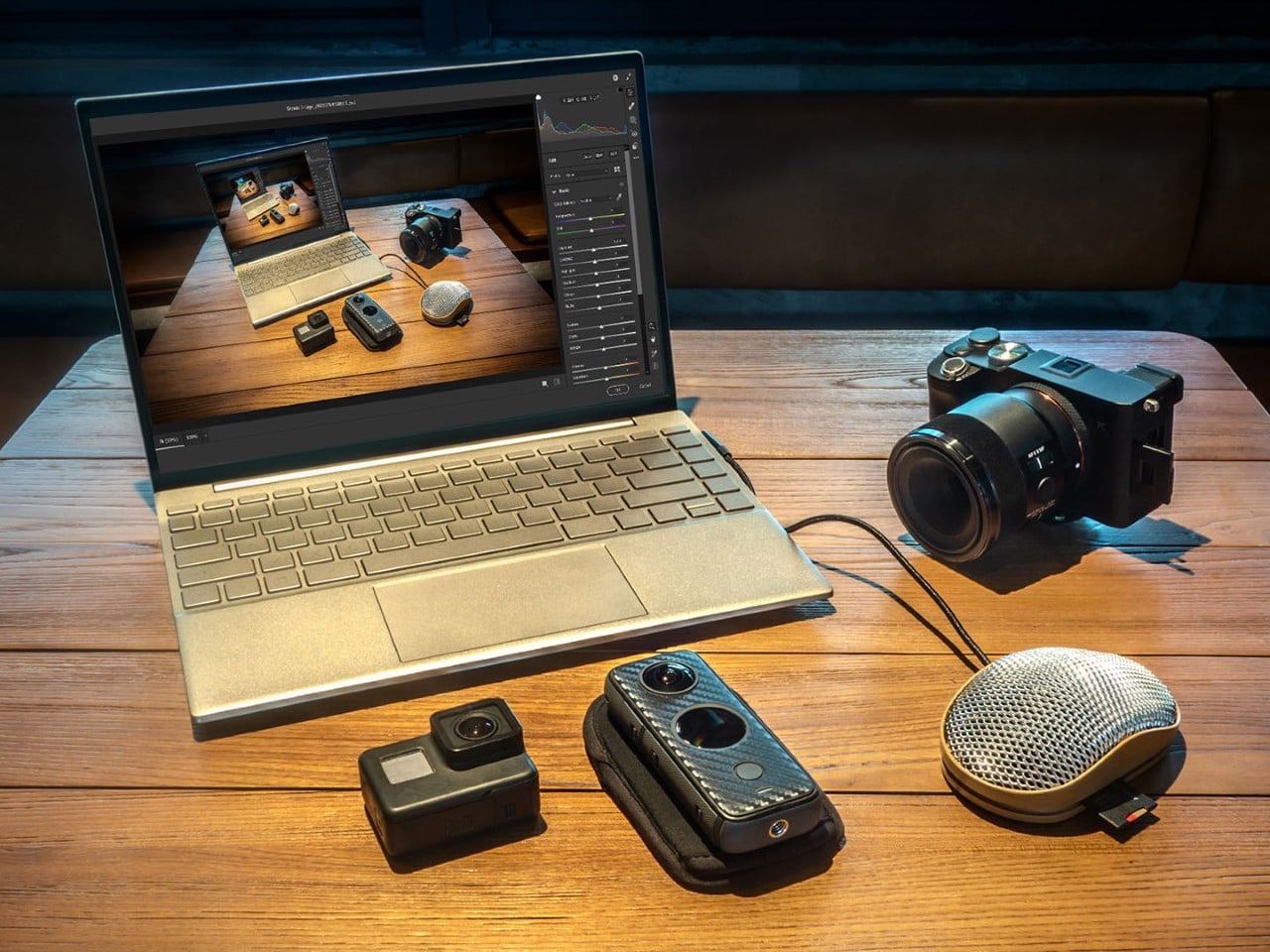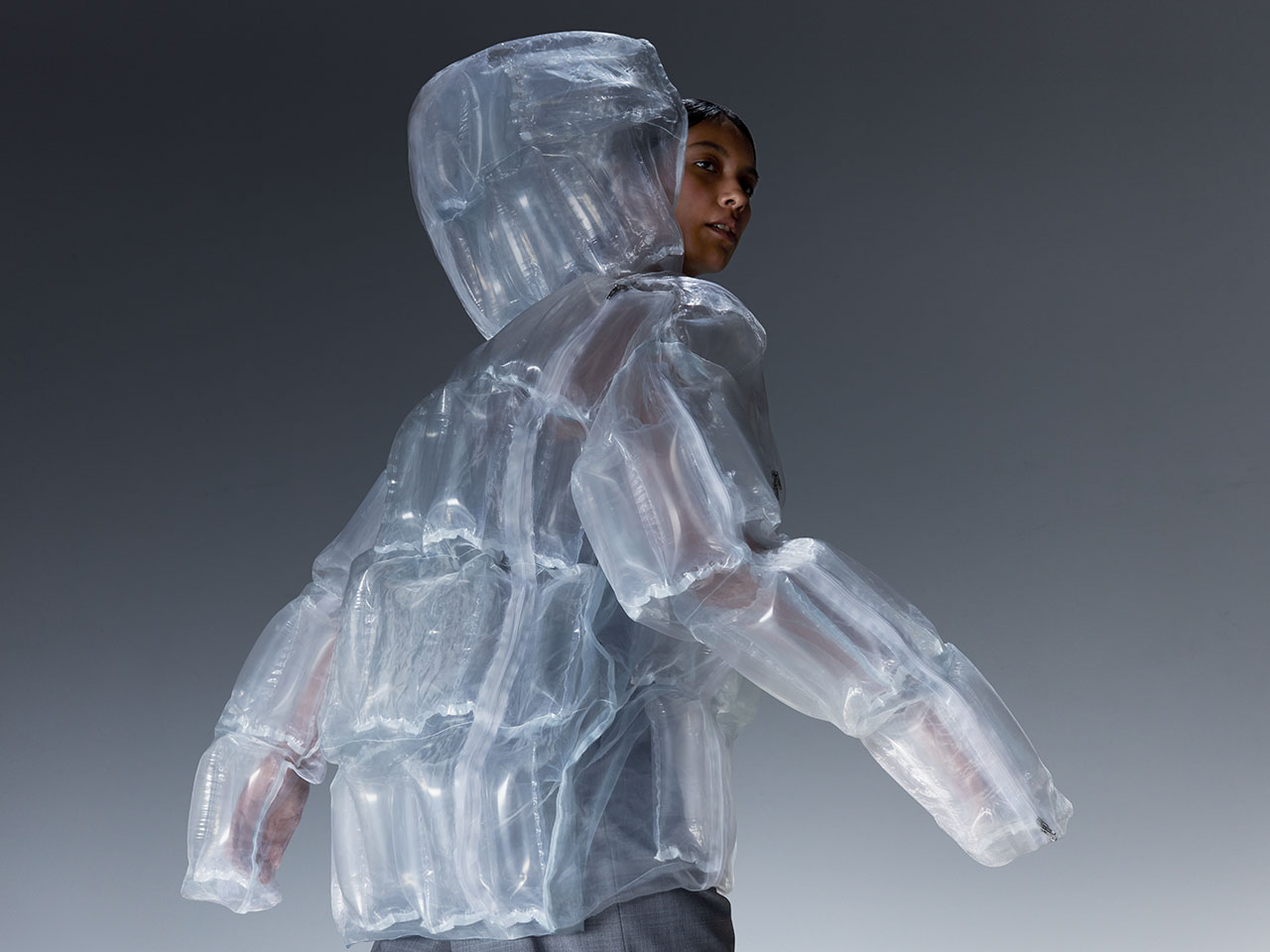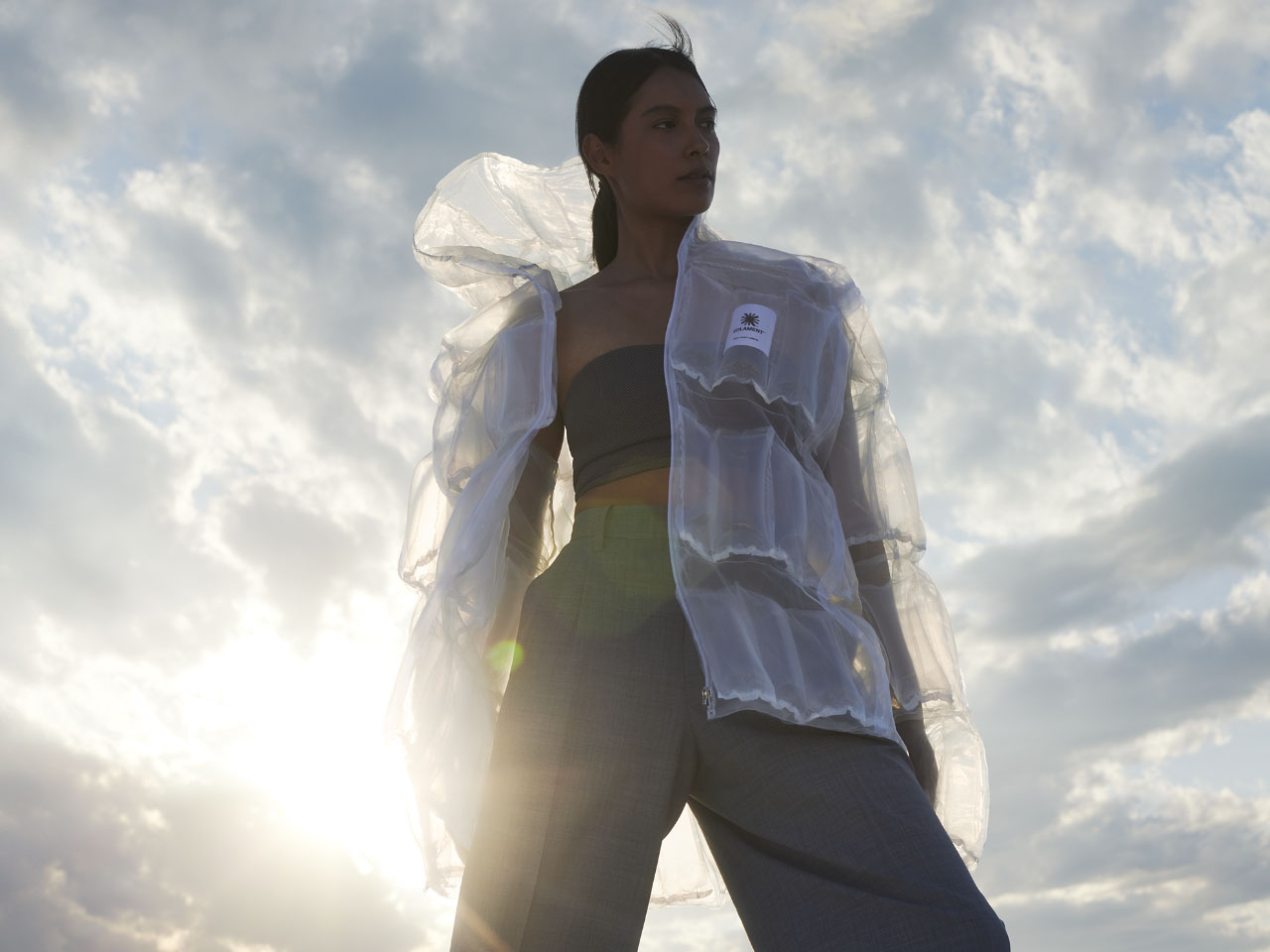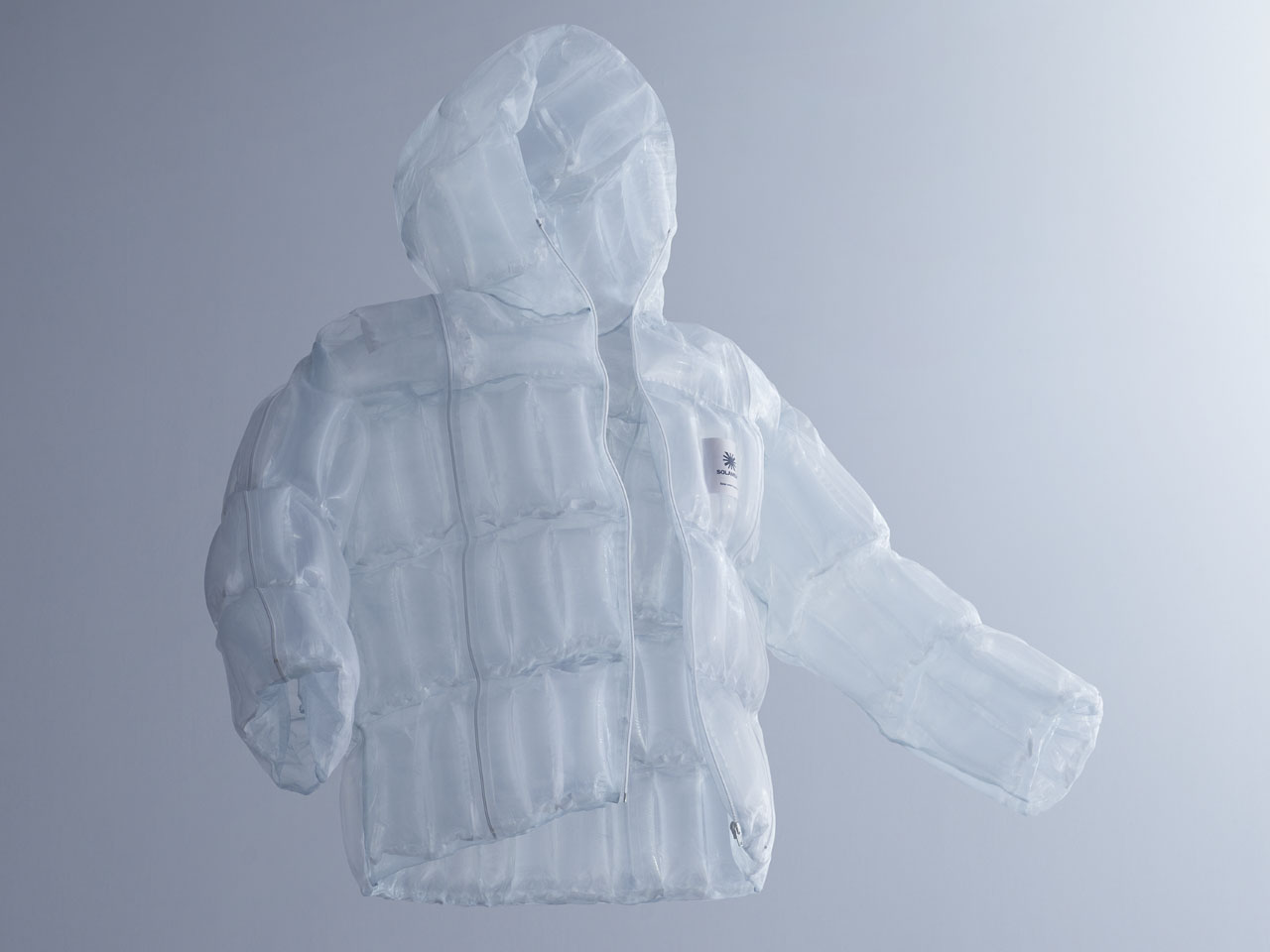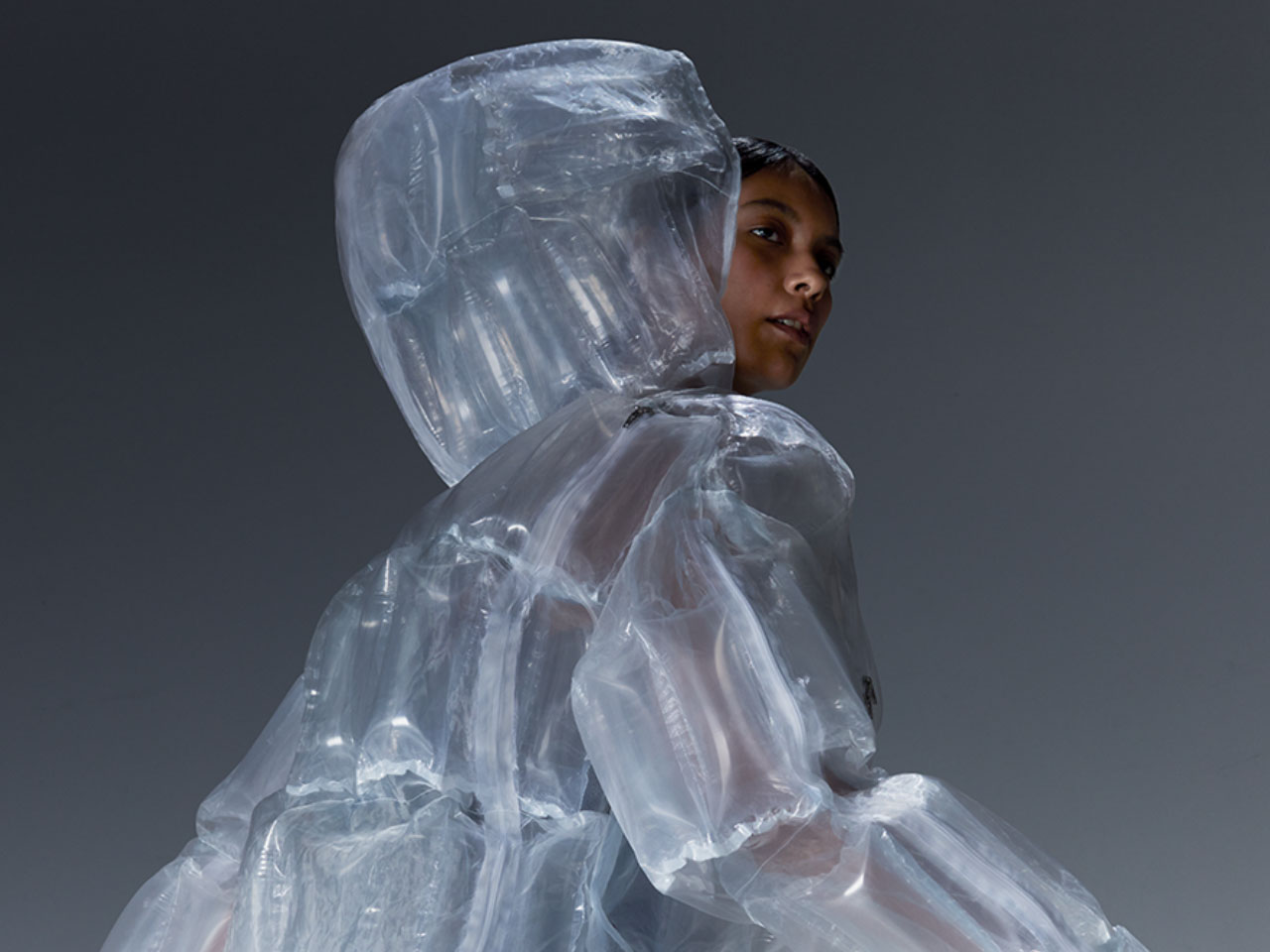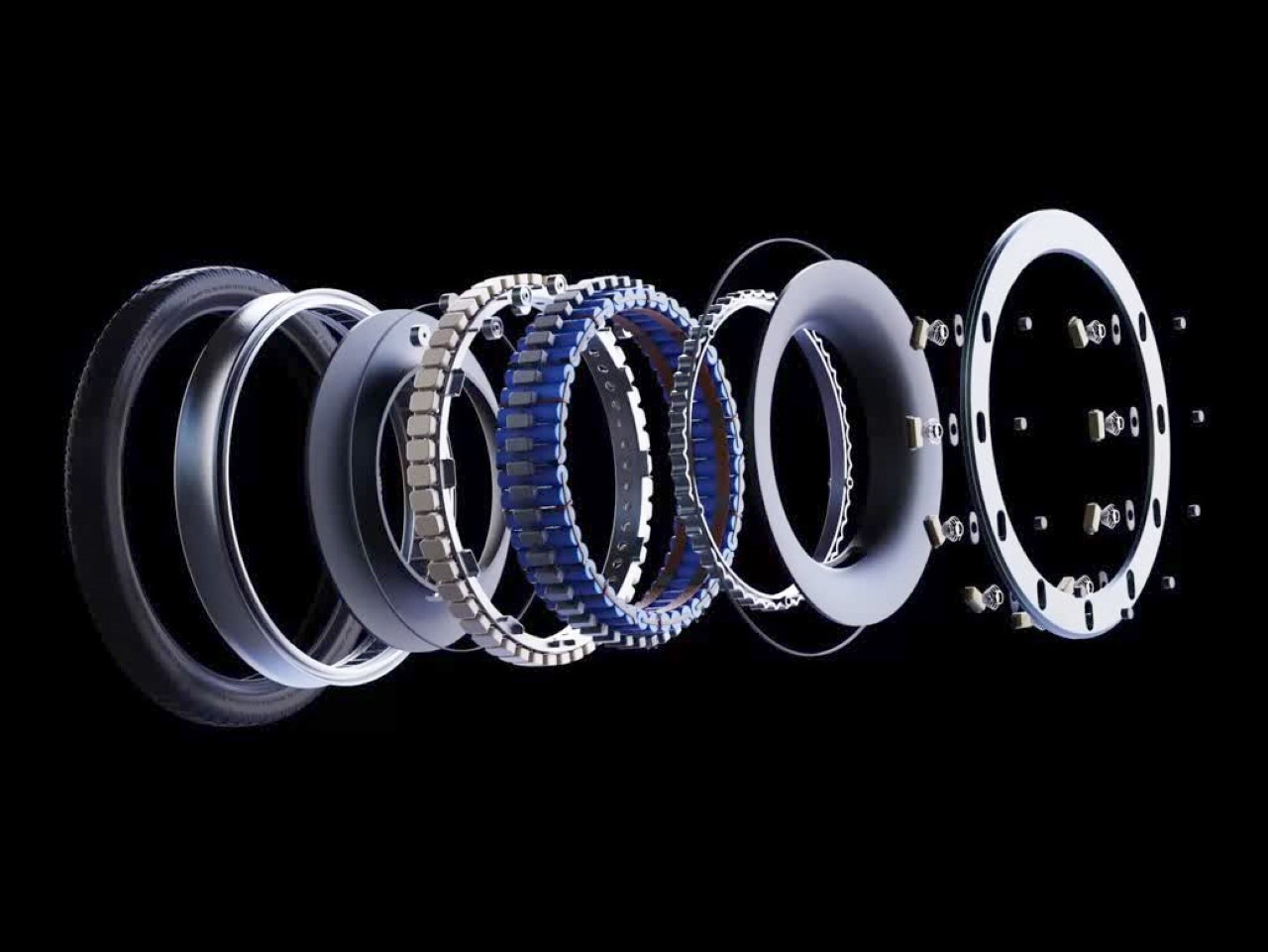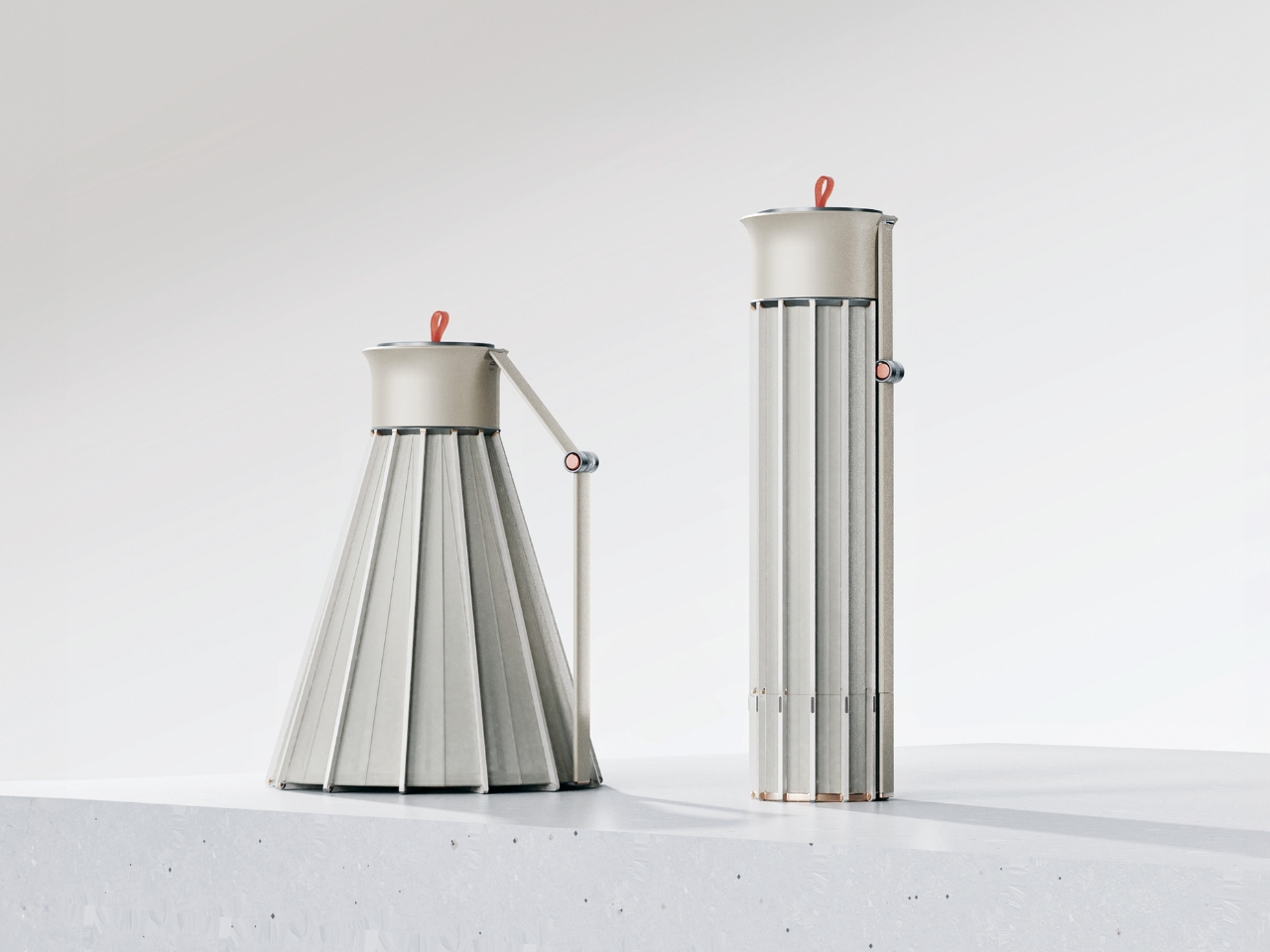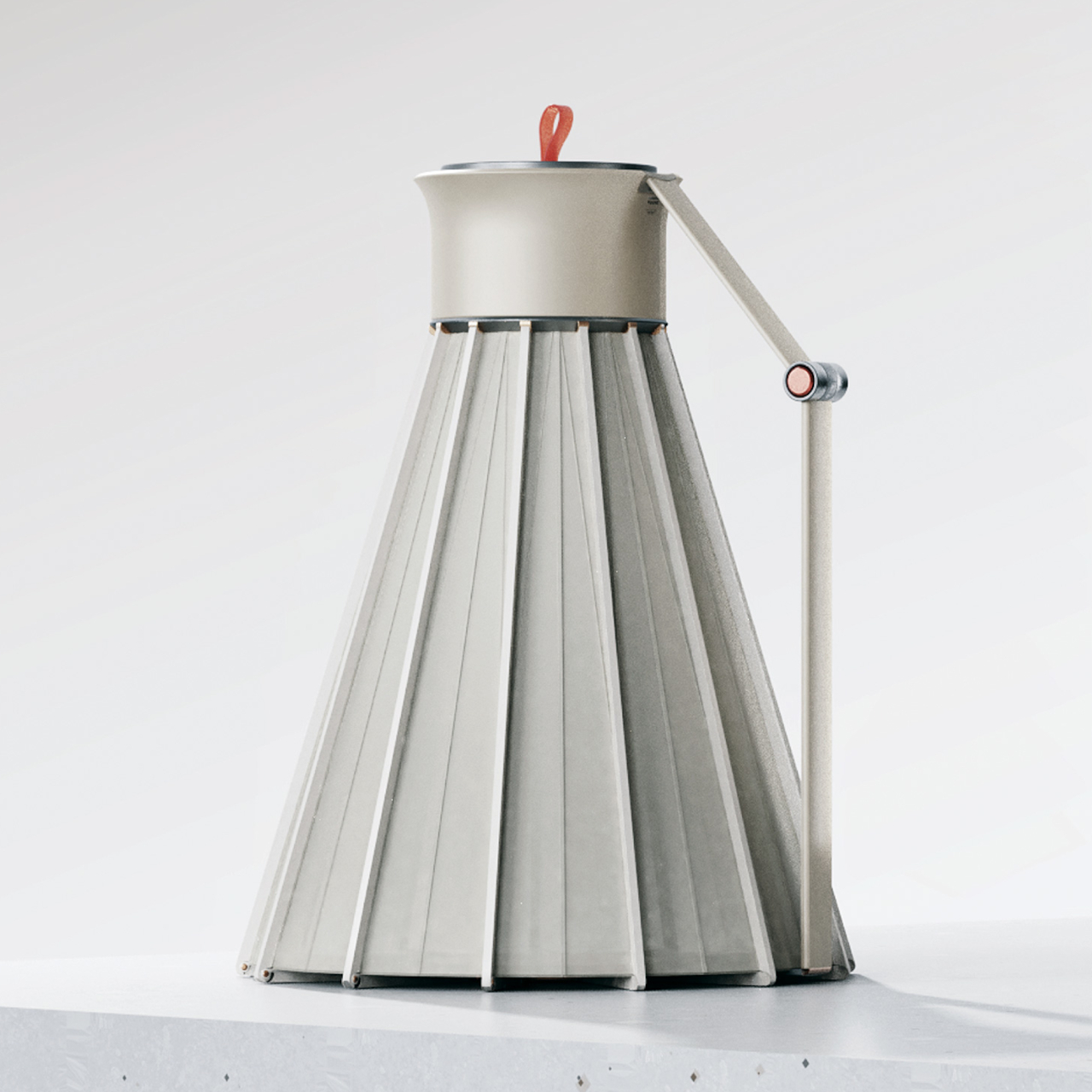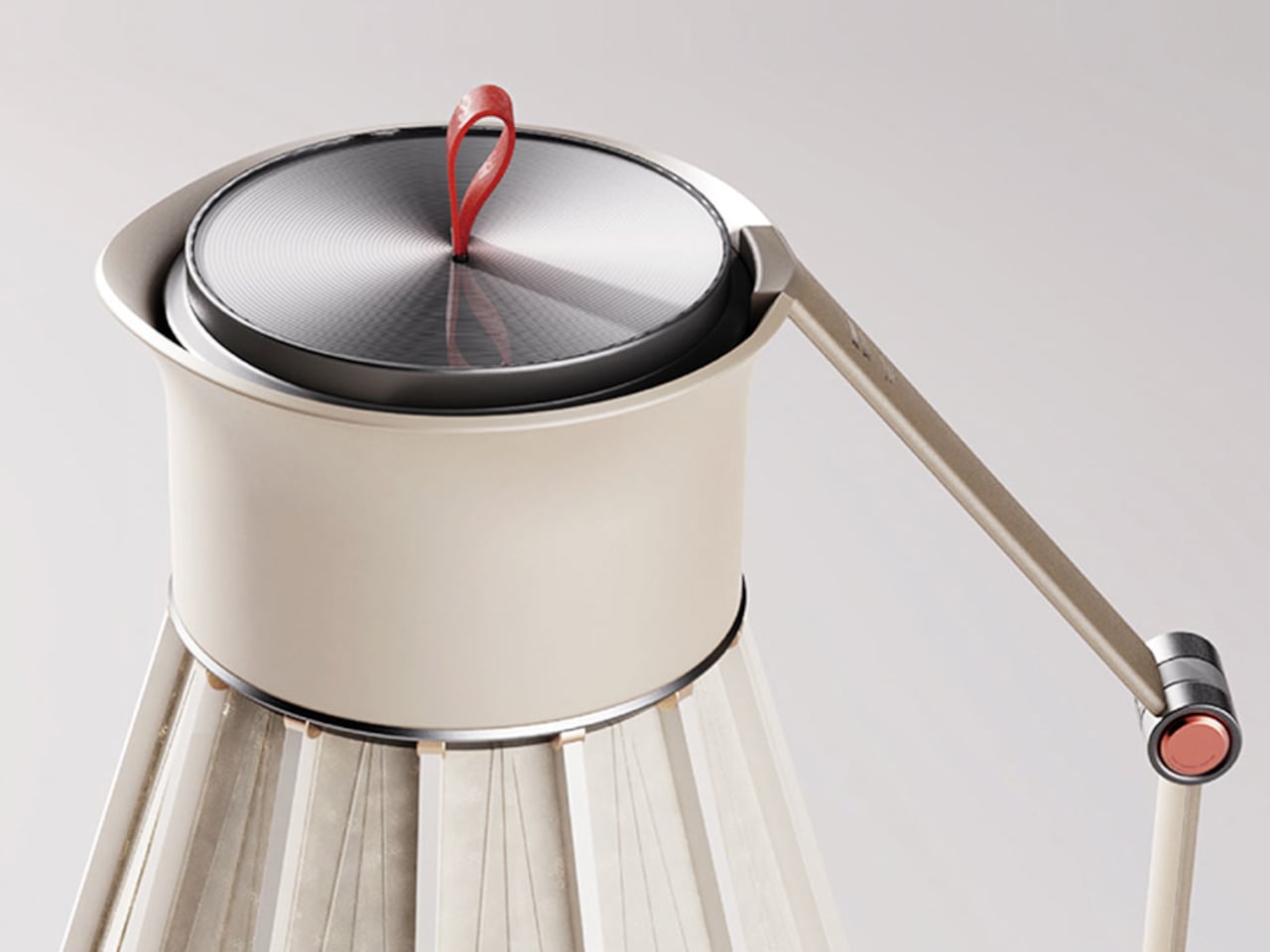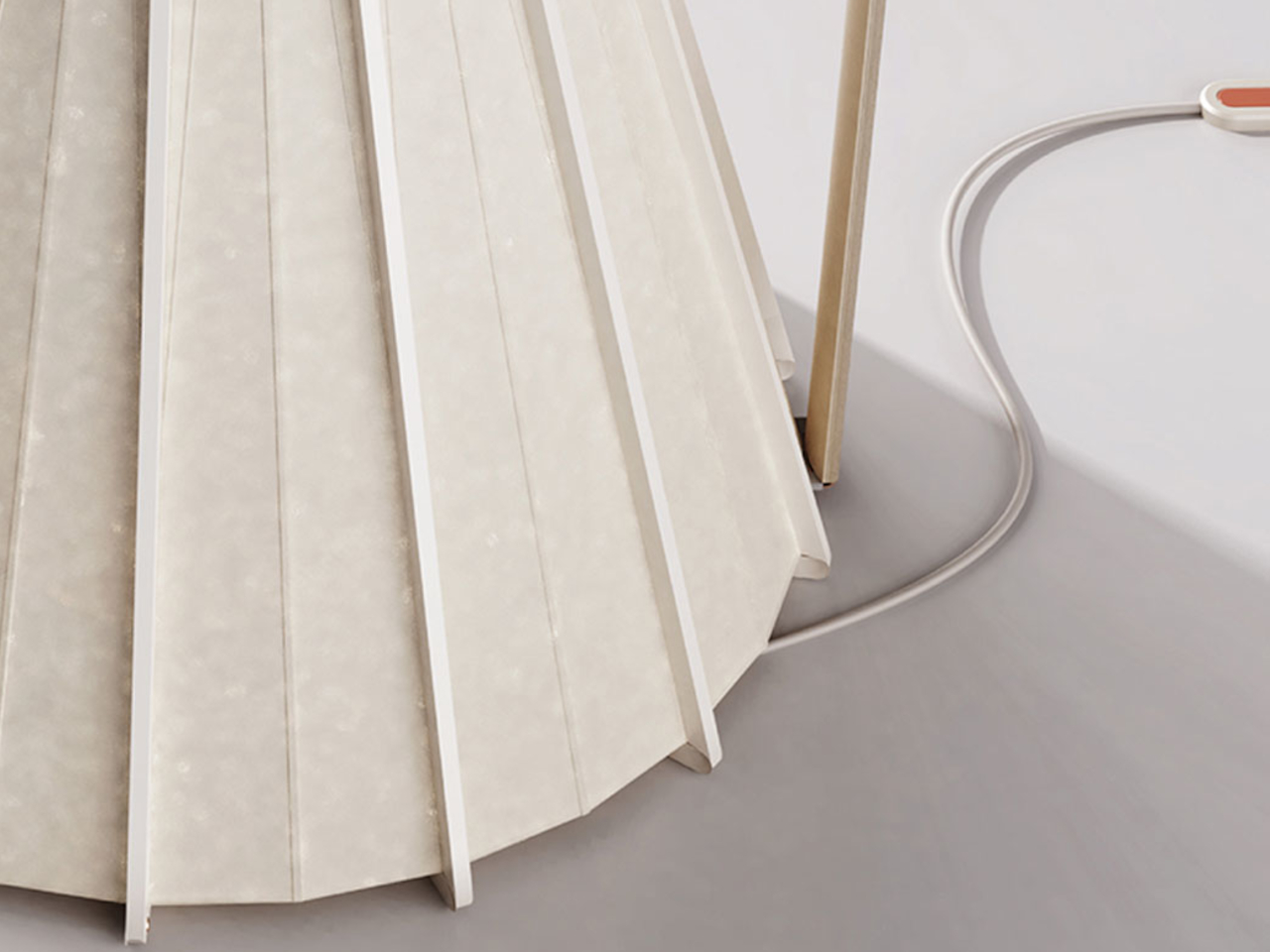Wind chimes have a rather understated charm. They can have a very calming effect on you, helping keep anxiety and stress away – but what if you’re in an enclosed area? You couldn’t possibly have a wind-chime in a room that doesn’t receive any wind, right? Well, the folks at Fujitsu may have developed the first wind chime to work without wind…
Meet the LIIN, an indoor wind chime that works autonomously by sensing outdoor wind. Designed to work in enclosed environments or in spaces with not much cross-ventilation, the LIIN’s chime works on cue as soon as you switch it on. In fact, think of it as the audio version of a sun-lamp. A sun-lamp mimics the sun in rooms without sunlight – similarly, the LIIN mimics the auditory effects of a breeze, even when there isn’t any.
Designer: Fujitsu Limited

The chime works in tandem with an outdoor sensor that detects wind speeds. Switch the chime on and an internal clapper swings gently, ringing against the outer glass bell cover, creating a graceful, pleasant sound. The entire device works on an automated pendulum motion, which goes fast or slow depending on the wind speeds outside. This means you could sit in a cushy air-conditioned office but still enjoy the musical effects of the outdoor breeze!

A winner of the Red Dot Award: Design Concept for the year 2024, the LIIN is Japanese minimalism at its finest. While most wind-chimes are inherently minimalist, this tabletop objet d’art really does have an understated charm. The wooden base sports a simple geometric form that shows off the wood grain wonderfully. Brass elements like the clapper and the switch/knob on front contrast wonderfully against the wood, and the glass bell gives the overall product a light, see-through aesthetic. I imagine the sound produced by the borosilicate glass is just as zen-inducing too!

The post This quaint Indoor Wind Chime automatically rings by sensing outdoor wind speeds first appeared on Yanko Design.




